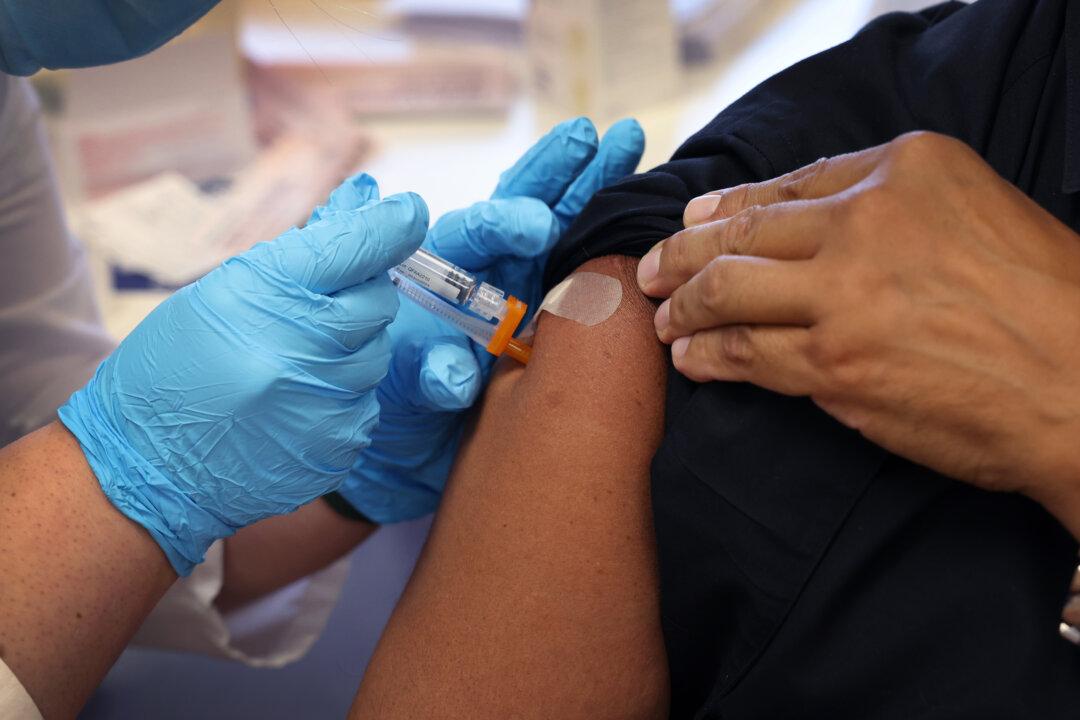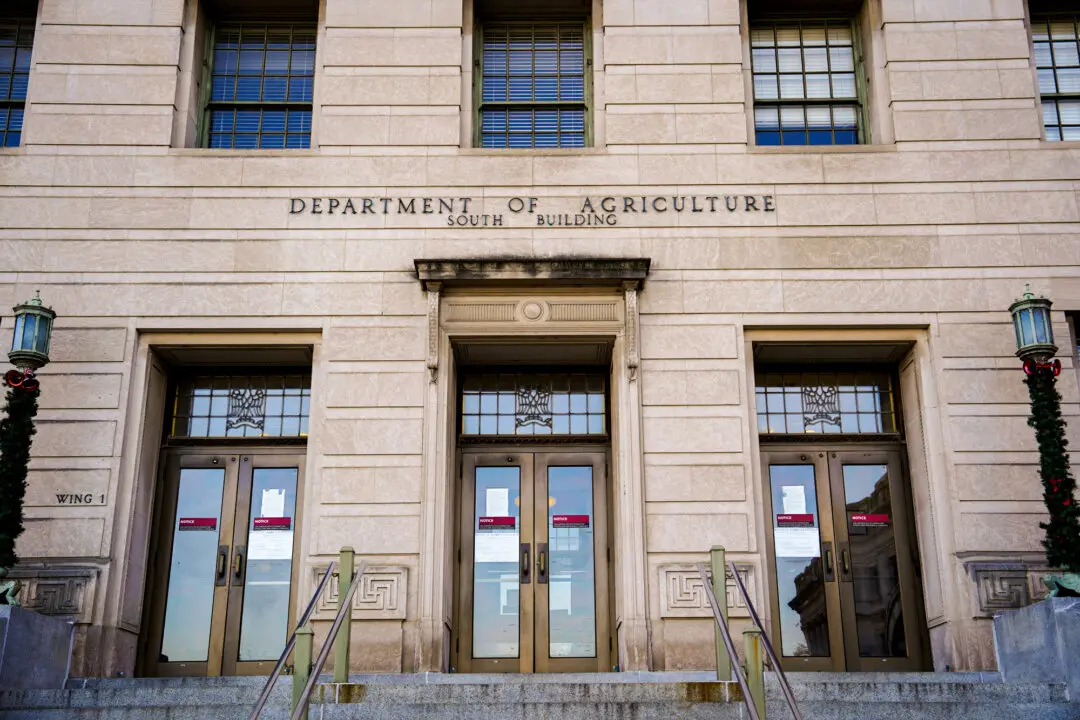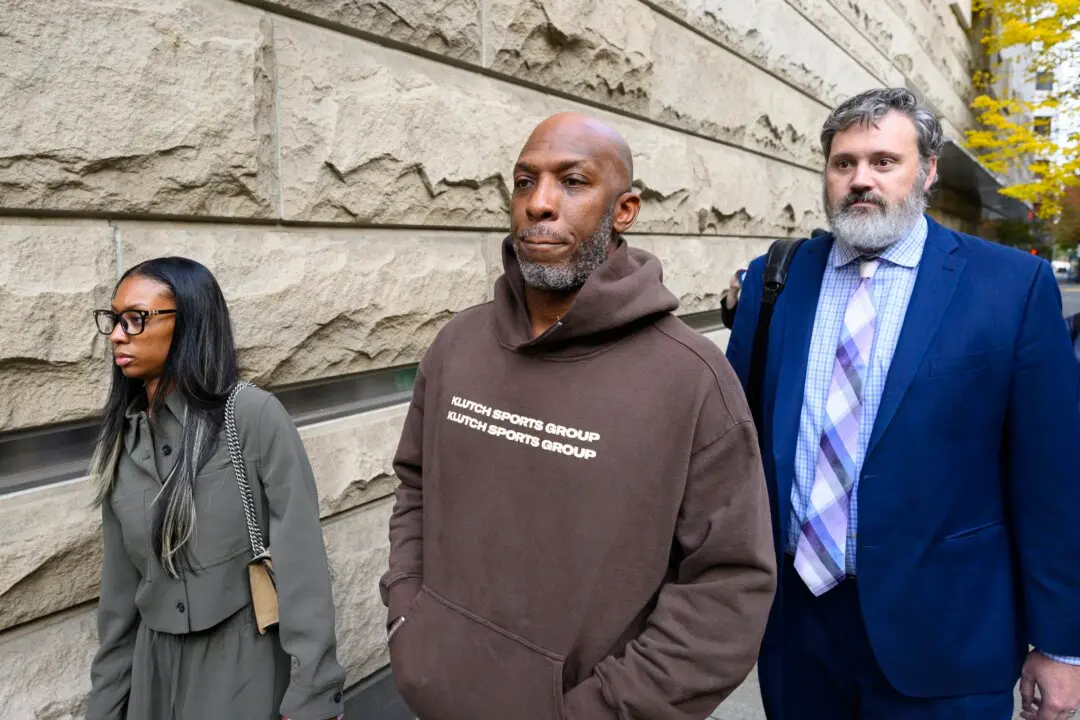Vaccination coverage is lower among health care workers and kindergartners, according to two studies published on Nov. 9 by the U.S. Centers for Disease Control and Prevention (CDC).
Only about four in five health care workers received an annual influenza vaccine in the 2022–2023 influenza season, according to one of the papers, down from at least 88 percent before the pandemic.





